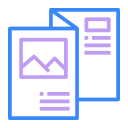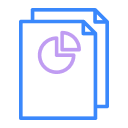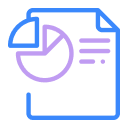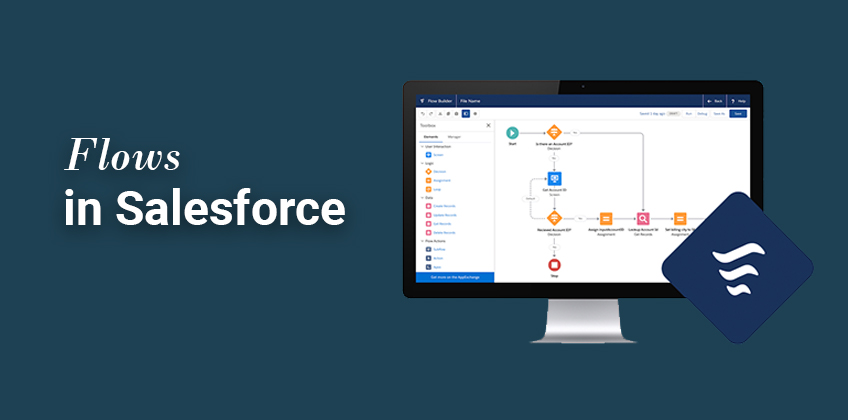Flows in Salesforce help you to design intricate business solutions. Since these are tailor-made, no coding is required. The Flow Builder is a successful Salesforce tool, which gives you control like Salesforce developers. Flows are beneficial in case you are conducting mass updates for unrelated records etc. Flows are used for innumerable operations and these have immense potential for businesses.
With the release of Flows, Salesforce has delivered incredible transformation. The Flow Builder interface is a result of continuous up-gradation, thus making it a phenomenal tool for users!
What is the role of Salesforce Flows?
Salesforce Flows enable you to build business processes just by clicks. This ceases the need for coding and you will thus be able to take care of complex business operations without a developer. These Flows can be maintained easily simply because users working with these would know how to go about it. You can conveniently access Flows through the Setup menu by searching for Flows and start creating one.
What are Flows made of?
- Elements are the blocks of Flows that perform actions like assignments, loops, and decisions.
- Data elements are used to extract information from a database or modify records.
- Connectors exist between two elements.
- Resources are the variables in a Flow like text, records, numbers, formulae, etc.
Elements Tab
In the Elements tab, you can create new Resources and Elements in the Flow. Different elements appear depending on the type of Flow you create. Elements are categorized into three types:
- Interaction elements: These include Screen, Action, or Subflow. With the Screen element, you can present a screen to the user, which includes information from the Flow. It could also be used to extract information from the user. With an Action element, you can pass data through to a pre-existing action such as Send Email or a custom Apex action. A Subflow element is used to create a Flow within a Flow. This is helpful when you have a complex Flow setup.
- Logic elements: These include Assignments, Decisions, and Loops. With Assignments, you can give a value to a variable. Decisions help you to split your Flow as per the nature of the data. With Loops, you can negotiate multiple variables at once through collections.
- Data elements: These include Create, Update, Get, or Delete records. This makes modifying data easy in the Salesforce database. You can also dynamically display data as per the Flow type.
How to Call a Flow in Salesforce?
To call a Flow essentially means to start a flow process. And how can we do that? Whether you are changing a particular record in Salesforce or working with the Apex/ Process Builder, which automates on a recurring schedule, you can go for the right kind of Flows, which will help you with the same.
- If you wish to call a Screen Flow, it is done with a button/action present in a Lightning Page or the Utility Bar. It is interactive in nature and the call cannot be automated.
- A Schedule-Triggered Flow is automated as per a recurring schedule. Such a kind of Flow is used to handle daily tasks, records, and operations that are recurring in nature.
- Record-Triggered Flows are called when a new record is created or an existing one is updated.
- You can call Auto launched Flows through another Flow, Apex, or a Process Builder.
- Platform Event-Triggered Flows are called upon receiving a platform event.
In this day of advancement in digital tools, Flows are among the most desired tools used by admins. They help in providing access to all available declarative automation logic in just one tool. It saves the time and effort of going through multiple tools. Also, since these are click-based, you do not need to go through the hassle of using codes in the processes.
Having said that, Salesforce needs more evolution in terms of Flows and we are sure they are already at work. If they continuously focus on offering features that make the entire platform more dynamic, the outcome would be phenomenal. The target should definitely be to generate as much automation as possible and work on operations, which do not need much human intervention for their implementation.
Conclusion
We now know what Flows are and how they can benefit a company. Can Flows be the only tool that can be used by companies instead of a few others? Although Flows are immensely powerful, we need more evolution to be able to reach that point. Nonetheless, one thing is for sure that Salesforce Flows are unmatched as far as others in the sector.
Salesforce Flows not just empower admins to create powerful business solutions, these are also easy to work with. They consume less time and do not require coding in the process. Since the use cases for Flow do not have any limit, they are definitely here to rule the domain. Also, since their release, the potential of Flows has been recognized by many in the sector.
Building a functional business ecosystem is possible through Salesforce Flows. Implementing custom logic also becomes extremely easy as departments if you know how to work with Flows. Users who are currently using Salesforce should absolutely go for Flows as these are empowering. Your business operations need the edge we all desire, both in terms of performance and scalability. Flows surely have the potential for the same. Not to forget that the ease with which Flows are available to you, also calls for being responsible and ethical. After all, they are here to stay!
Check out our blog section for more in-depth articles like this.



















